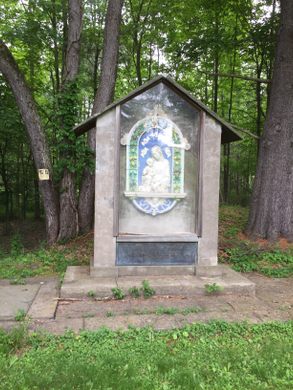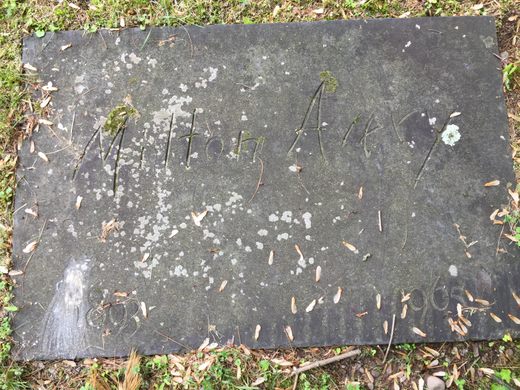Woodstock Artists Cemetery
Now the final resting place of prominent artists and musicians, it was originally founded to separate the rich from the poor in death.
A few minutes’ walk from the Woodstock Village Green, which is often filled with lively music and art, is a patch of green on a hillside filled with music and art in a very different way.
The Woodstock Artists Cemetery was not originally founded to be the final resting place of the town’s impressive creative population. Its original intention, positioned across the street from the Woodstock Cemetery, was to keep wealthier summer residents separated from the commoners in death.
Over time, Woodstock’s year-round population renamed and repurposed the burial ground and some of its most prominent artistic residents are laid to rest there. Perhaps most important are the founders of Byrdcliffe, the artists colony that made Woodstock what it is: Jane and Ralph Whitehead, Hervey White, and Bolton Brown, who carved his own birth and death dates (as he felt the end approaching) into a boulder for his grave marker.
In addition to major 20th century painters like Philip Guston and Milton Avery, the cemetery is home to a plethora of creative types, from bluegrass luminary John Herald to children’s book author Paula Danziger. Chevy Chase’s great-uncle Frank Swift Chase, a painter who cofounded the Woodstock Artists Association, and Howard Koch, who co-wrote the movie Casablanca, can be visited there as well.
Living artists of all kinds are also frequently seen at the cemetery, hoping to find inspiration among the graves of the inspired. Those graves, appropriate to such a cemetery, are often works of art themselves, created by some of Woodstock’s greatest sculptors. They are also mostly flat against the ground, supposedly so as not to obscure the dead’s view of Overlook Mountain.























Follow us on Twitter to get the latest on the world's hidden wonders.
Like us on Facebook to get the latest on the world's hidden wonders.
Follow us on Twitter Like us on Facebook